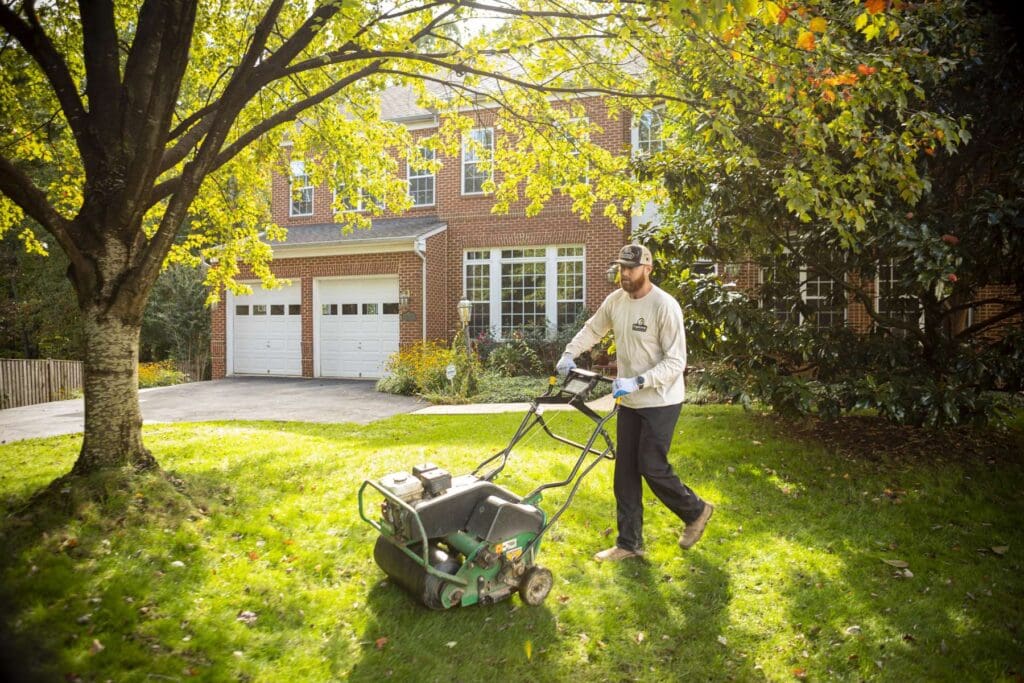Understanding the Foundation of a Successful Garden

The foundation of a successful garden begins long before seeds touch the soil. It requires observing the environment, identifying natural patterns, and making decisions that support long-term plant health. When you understand the land and work with it rather than against it, your garden becomes easier to maintain and far more resilient.
Learning Your Garden’s Microclimate
Every outdoor space has unique conditions known as a microclimate. This includes temperature variations, humidity levels, wind patterns, and how much sunlight different areas receive. Even two gardens on the same street can behave differently based on surrounding trees, buildings, and slope.
Important microclimate factors include:
- Sun Exposure: Track how light moves from morning to afternoon.
- Wind Direction: Strong winds can dry soil and damage stems.
- Heat Zones: Brick walls, patios, and rock beds can hold warmth longer.
- Frost Pockets: Low areas may trap cold air in late fall or early spring.
Understanding these elements helps you place plants where they are naturally supported instead of constantly adjusting conditions.
Knowing Your Soil
Soil is the life system of your garden. Healthy soil contains living organisms such as bacteria, fungi, insects, and worms. These organisms break down organic matter and release nutrients that roots can absorb.
Types of soil texture:
- Sandy Soil: Drains quickly but struggles to hold nutrients. Needs organic material to improve structure.
- Clay Soil: Holds nutrients well but may become dense and compacted. Needs aeration and compost to increase drainage.
- Loam: A balanced mixture of clay, sand, and silt. This is considered the ideal structure for most plants.
Improving soil over time using compost, mulched leaves, grass clippings, or aged manure helps rebuild fertility in a natural way.
Water Management and Drainage
Watering is not just about quantity but also timing and distribution. A garden that drains poorly can develop root rot, while soil that dries too quickly stresses plants.
Key practices for efficient watering:
- Water early in the morning so leaves dry quickly and resist disease.
- Use mulch around plants to retain moisture and maintain steady soil temperature.
- Install drip irrigation or soaker hoses to deliver moisture directly to roots.
- Raise beds in areas with heavy rainfall or slow drainage.
The goal is to keep soil moist but not saturated. Plants thrive when roots can access oxygen in the soil.
Selecting the Right Plants for Your Conditions
Choosing plants that naturally suit your climate reduces effort and increases success. Native plants often adapt best, but many cultivated varieties can also thrive when chosen correctly.
Consider:
- Hardiness Zones: Indicates winter temperature limits plants can survive.
- Plant Purpose: Food production, shade, pollinator support, aesthetics.
- Growth Habit: Height, spread, and seasonal changes.
- Maintenance Level: Some plants require regular pruning or division.
Thinking ahead prevents overcrowding, disease spread, and excessive maintenance.
Designing for Structure and Function
A garden with structure remains visually appealing throughout the seasons. Consider elements like pathways, focal plants, layered heights, and seasonal succession. Function matters too: grow taller plants to shelter tender seedlings, place aromatic herbs near seating areas, and design garden beds that are easy to access for weeding and harvesting.
Useful design tips:
- Build beds that are narrow enough to reach the center without stepping inside.
- Layer plants by height: tall in back, medium in center, low in front.
- Repeat colors or textures to create visual harmony.
- Leave space for air flow to reduce moisture-related diseases.
Maintaining Soil Life and Long-Term Fertility
A thriving garden is sustained by soil biology. Replenishing organic matter keeps microorganisms active and supports long-lasting fertility. Avoid practices that destroy soil structure, such as over-tilling, excessive chemical fertilizers, or removing fallen leaves unnecessarily.
Ways to maintain soil health:
- Apply compost yearly.
- Rotate crops in vegetable gardens.
- Add plant-based mulches like straw or shredded leaves.
- Grow cover crops to restore nutrients.
Healthy soil leads to stronger plants, reduced disease, and fewer pest issues.
FAQ
How often should I test my garden soil?
Testing soil every one to two years is ideal. This ensures nutrient levels and pH remain balanced and provides guidance for future amendments.
What is the best time of year to start a garden?
The best time depends on your climate. In most regions, early spring is ideal when the soil becomes workable. However, fall planting is excellent for trees, shrubs, and perennials because roots establish in cooler weather.
How do I reduce weeds naturally?
Mulching is the most effective method. A thick mulch layer blocks sunlight from reaching weed seeds. Hand weeding while the soil is moist also prevents spreading.
Is compost better than fertilizer?
Compost improves soil structure and feeds microorganisms, while fertilizer provides immediate nutrients. Compost is better for long-term soil health, and fertilizer can be used selectively when plants need an extra boost.
What should I do if my garden gets too much sun?
In very hot climates, use shade cloths, plant taller crops to cast natural shade, or select heat-tolerant species that thrive in strong sunlight.




